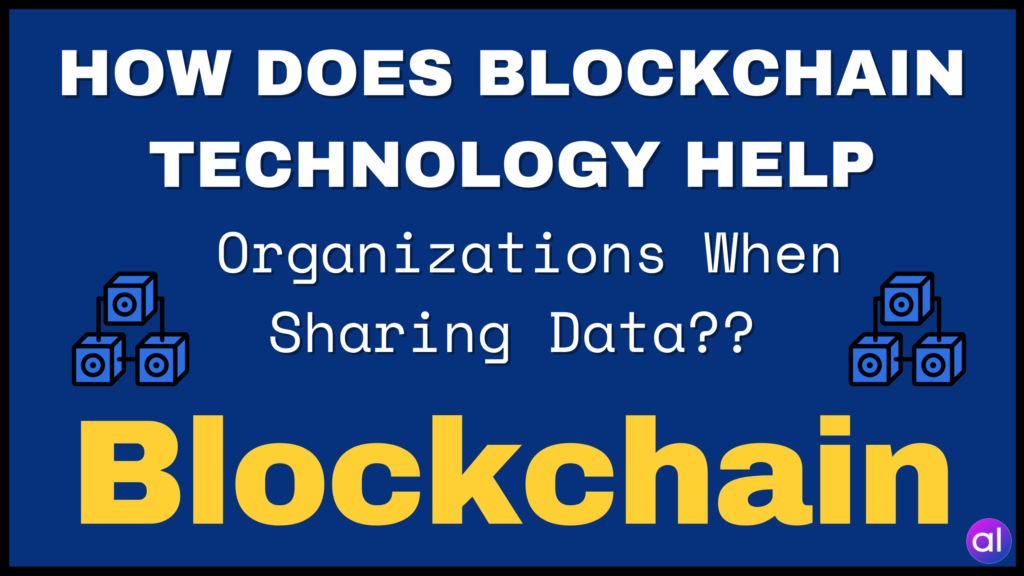A blockchain consists of three primary tiers: prioritizing safety, ensuring continuous functionality, and enabling widespread participation in its operation.
However, when multiple users engage with a blockchain simultaneously, its performance may slow down. This is where layer-2 solutions come into play, serving as upgrades to layer-1 blockchains. Layer-2 implementations enhance scalability, speed, and efficiency while upholding security and governance.
This article delves into the concept of layer-2 blockchains, the various layers within blockchain architecture, and specifically explores the distinctions between layer-1 and layer-2 blockchains.
What is a layer-2 blockchain?
Layer-2 in the crypto realm is an enhancement built on top of layer-1 to boost performance and scalability.
The primary challenge for layer-1 protocols lies in their high fees and slow transaction speeds, particularly during market volatility and peak usage. Layer-2 solutions like sidechains, state channels, and rollups address these issues by improving transaction speeds and reducing costs.
Understanding the layers of blockchain
Layer-1 (L1) serves as the foundational layer of a blockchain network, overseeing critical functions such as consensus mechanisms and transaction settlements. Although decentralization and security are paramount for L1s, issues like slow transaction speeds and high fees can hinder their efficiency.
Read more: What is layer-1 in crypto? What is a layer-1 blockchain?
Layer-2 (L2) blockchains are built atop layer-1 to tackle underlying challenges. Techniques like rollups, sidechains, and state channels reduce transactional load, enabling faster and more cost-effective transactions without compromising security.
L3 blockchains specialize in developing protocols for web3 applications like NFTs, DeFi, and gaming, enhancing cross-chain functionality and improving accessibility and interoperability across different blockchains.
The combination of these three blockchain layers ensures scalability, security, and accessibility for blockchain technology.
Layer-1 vs layer-2 blockchain
Layer-1 and layer-2 blockchains differ in their roles within the blockchain ecosystem. Layer-1 emphasizes consensus mechanisms and autonomy, exemplified by blockchain giants like Bitcoin and Ethereum. However, scalability issues during market volatility can lead to high fees and transaction delays.
Layer-2 blockchains aim to enhance scalability and performance by building on top of layer-1 protocols. Techniques like transaction bundling and off-chain processing optimize L1 efficiency, resulting in faster and more cost-effective transactions.
Ultimately, layer-1 and layer-2 work together to provide a secure foundation and improved scalability, making blockchain technology more accessible for applications like gaming and DeFi.
List of layer-2 blockchains
There are numerous layer-2 blockchains in existence, with notable examples including Polygon, Optimism, and Arbitrum.
Polygon (POL)
Polygon, a layer-2 blockchain or ‘sidechain’, operates as a scaling solution on Ethereum, enhancing platform scalability, flexibility, and autonomy. POL (formerly MATIC) serves as Polygon’s native token for governance and network transaction fees.
Optimism (OP)
Optimism utilizes optimistic rollups to scale the Ethereum ecosystem, employing a community-driven governance model for long-term ecosystem benefits.
The Optimistic Rollup protocol reduces transaction costs and boosts Ethereum’s performance by executing transactions off-chain and periodically posting data on the Ethereum blockchain.
Arbitrum (ARB)
Arbitrum, another layer-2 blockchain utilizing optimistic rollup, reduces Ethereum blockchain traffic and offers faster transactions for web3 apps and smart contracts.
You might also like: Chainlink (LINK) is Live on Arbitrum Rollup Testnet
Benefits and challenges
Layer-2 blockchains play a crucial role in the web3 ecosystem, offering benefits like scalability, lower transaction costs, and faster transactions. However, challenges such as security dependencies, complexity, and interoperability issues persist.
Benefits:
Scalability
Off-chain transaction processing enhances scalability by reducing congestion on the underlying L1 blockchain.
Lower Transaction Costs
Layer-2 blockchains significantly reduce transaction costs, attracting new users and projects to the web3 space.
Faster Transactions
Off-chain processing leads to faster transaction speeds, improving user experience while maintaining security.
Challenges:
Security Dependencies
L2 blockchains lack the autonomy and high security levels of L1 blockchains, necessitating ongoing efforts to address vulnerabilities.
Complexity and Adoption
Integrating layer-2 projects with L1 protocols may require specialized knowledge, posing a learning curve for users and projects.
Interoperability Issues
While layer-2 blockchains offer performance benefits, interoperability challenges remain, addressed by L3 blockchains for enhanced cross-chain functionality.
The future of layer-2 blockchains
Layer-2 blockchains will continue to address scalability challenges faced by layer-1 blockchains like Bitcoin and Ethereum. Improved interoperability and enhanced user experiences are expected, driving mass adoption and innovation within the blockchain ecosystem.
You might also like: Bitcoin Layer 2 Stacks introduces sBTC to Aptos Network
As layer-2 blockchain solutions evolve, advancements in technologies like rollups and zk-proofs will pave the way for new applications and use cases. The future may see layer-2 solutions taking center stage in the decentralized economy, offering cost-efficient and scalable blockchain technology.



